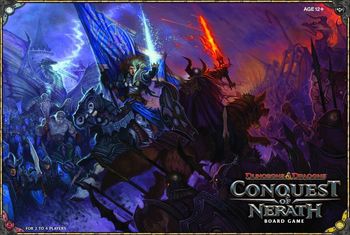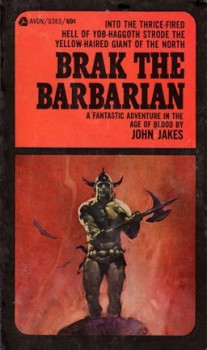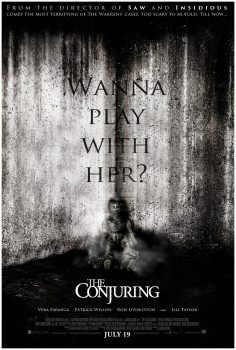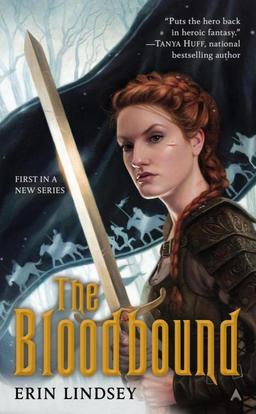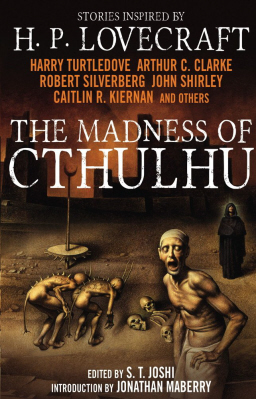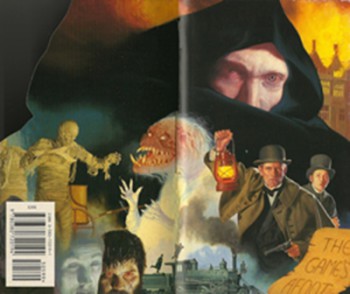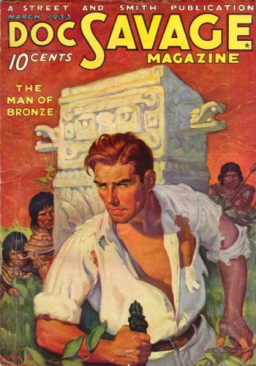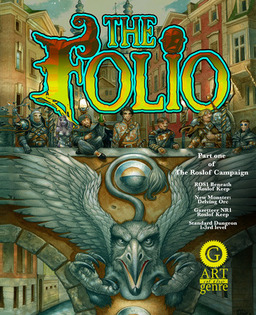Ray Guns and Savage Planets: The Amazing Adventures of Flash Gordon
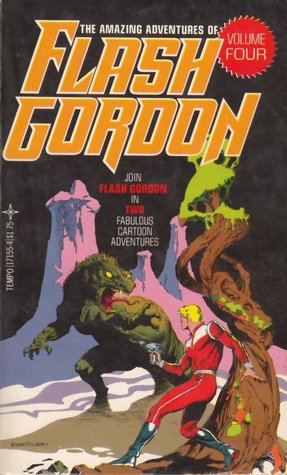 |
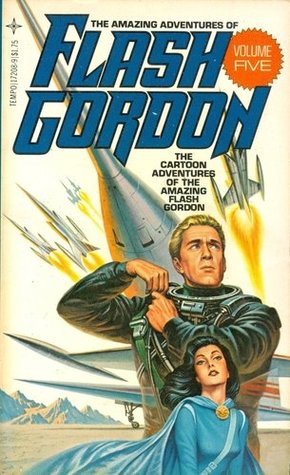 |
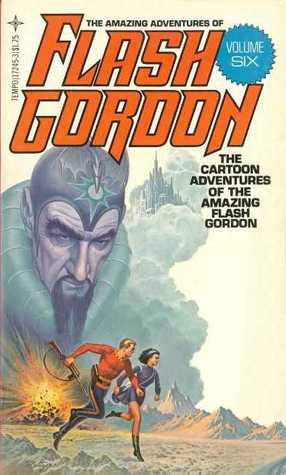 |
I know this is going to seem strange to some of you, but not that long ago, newspapers used to run adventure serials on the comics page. Like Calvin and Hobbes and Dilbert, but with a plot (and not funny). See, I told you it would sound strange.
It was a uniquely American art form, and it was popular through most of the last century. Dick Tracy, Spider-Man, Prince Valiant, Brenda Starr… you shared their fabulous adventures over breakfast every morning, parceled out in compact three panel segments. The most popular strips were collected in paperback, and these were treasures indeed — they included complete adventures (sometimes two). If it sounds strange to read comic strips in a paperback book… well, you’re right, it is. Fantasy is a strange genre; best you come to grips with it.
Flash Gordon, which ran from January 7, 1934 until March 16, 2003, was one of the most popular adventure strips on the market. It was collected in six paperback volumes from Tempo Books as The Amazing Adventures of Flash Gordon, written by Dan Barry and drawn by the incredible Bob Fujitani. All six were published in 1979-1980, and they collected storylines from the mid-70s. They’re still fun today — the dialog (and characters) are simplistic, sure, but the artwork is a marvel, and the stories move at a rocket’s pace. I bought the books above for less than four dollars each on eBay; copies are generally available for $5-10 each when purchased individually.
